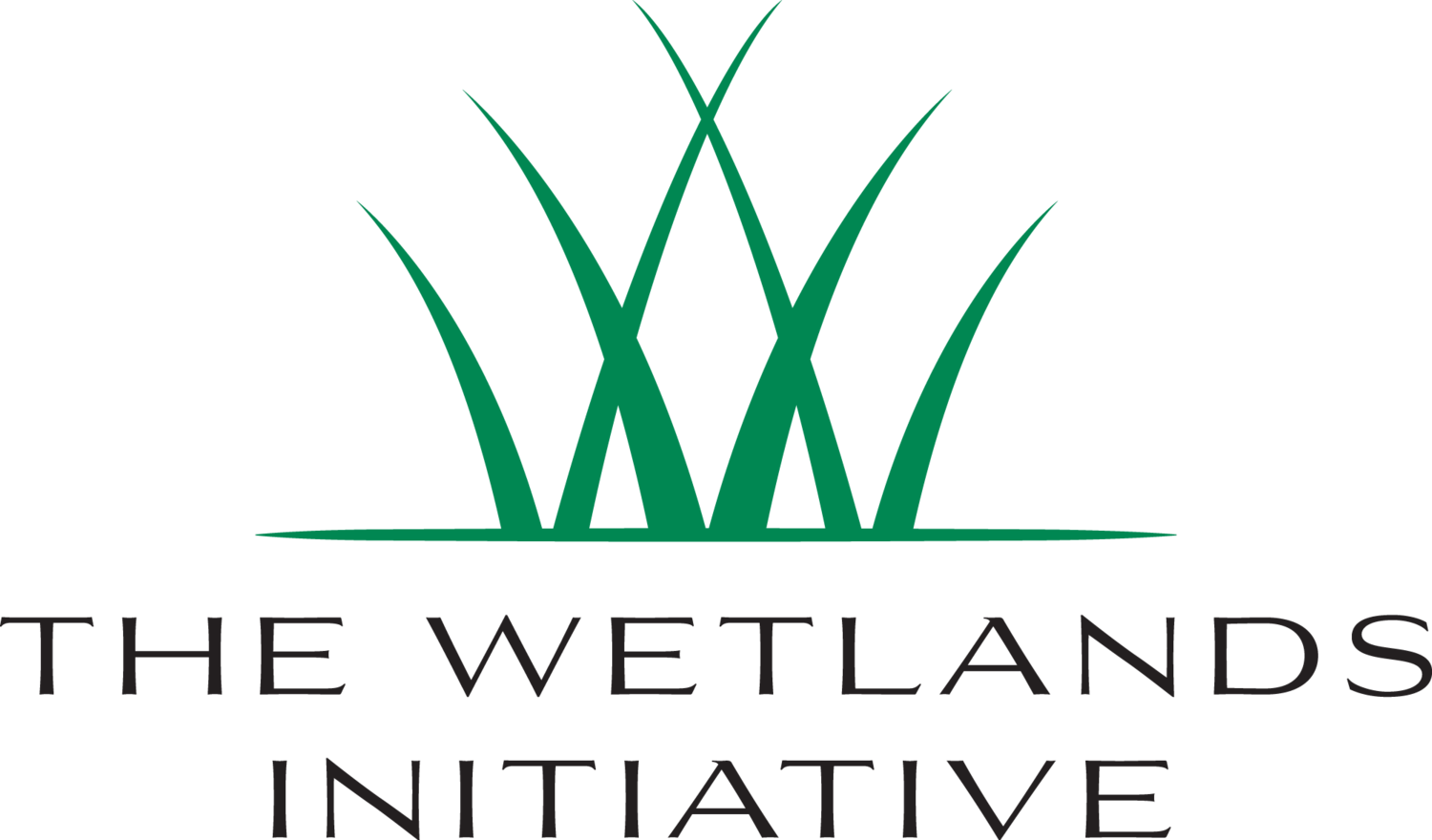Growing Wetlands for Clean Water
Using farm-based wetlands to naturally reduce nutrient runoff
Fertilizer in agricultural runoff is the primary cause of the notorious “dead zone” in the Gulf of Mexico and, of all the states in the Mississippi River Watershed, Illinois and Iowa are the biggest contributors to this serious environmental problem. While the Gulf’s dead zone may be the best known, smaller ones are increasingly common in bodies of water throughout the Midwest.
TWI works with farmers and cropland owners to reduce the flow of nutrients in fertilizer from farm fields into local waterways by installing constructed wetlands. These wetlands are precisely placed along ditches or small streams on a farm without taking large amounts of prime farmland out of production. They intercept and remove nutrients through a combination of physical, biological, and chemical processes—in the case of nitrogen, transforming it into a harmless gas.
Not only do constructed wetlands remove nitrogen from runoff more efficiently and cost-effectively than almost any other method, they do it within the typical Midwest farm landscape full of drain tiles—underground pipes that quickly carry excess water off the fields. Without drain tiles much of the U.S. Farm Belt would be too wet to grow crops, but they’re also the main way nitrogen enters local waterways.
Scientists from the University of Illinois at Chicago collected and analyzed data from the first few farm-based wetlands installed by TWI. Early results showed that these wetlands were removing up to 85% of the nitrate from tile drainage, demonstrating just how effective they can be.
Promoting widespread adoption of constructed wetlands
TWI’s strategy is to fully embed constructed wetlands in the farming world rather than just show how they work through a few demonstration projects. In that spirit, we are partnering with farmers’ trusted networks such as the Illinois Corn Growers Association (ICGA), American Farmland Trust (AFT), Illinois Sustainable Ag Partnership (ISAP), Ducks Unlimited (DU), and others. Together with these groups we are conducting outreach and raising awareness through presentations, training sessions, field events, and agricultural expos.
Today’s farmers are increasingly interested in the latest technology tools available to enhance the wise use and profitability of every acre of their land. TWI’s farmer-focused Smart Wetlands materials offer them precision conservation and scientific data to guide decision-making about constructed wetlands.
Through ag-sector partnerships and the Smart Wetlands brand, TWI is working to spread constructed wetlands throughout the Midwest to improve water quality, both locally and far downstream.
To learn more about the science of how wetlands improve water quality, read here.
Listen to TWI’s executive director discuss constructed wetlands on NPR here.
Read here about why Fulton Farms decided to install a wetland and how it turned out.
If you’re a cropland owner with drain tile, visit TWI’s Smart Wetlands website for information on how a constructed wetland might benefit your farm operation.





